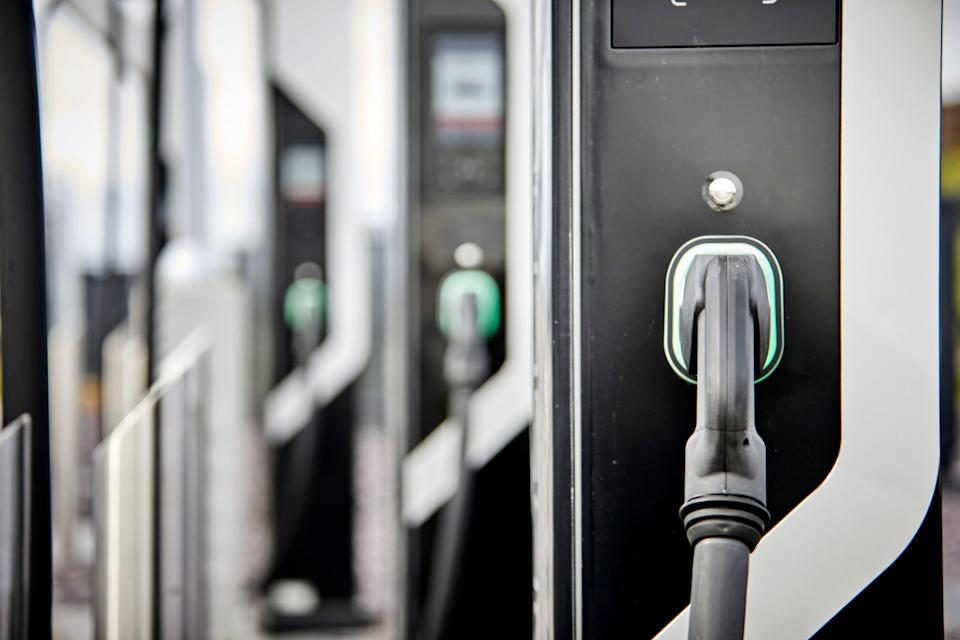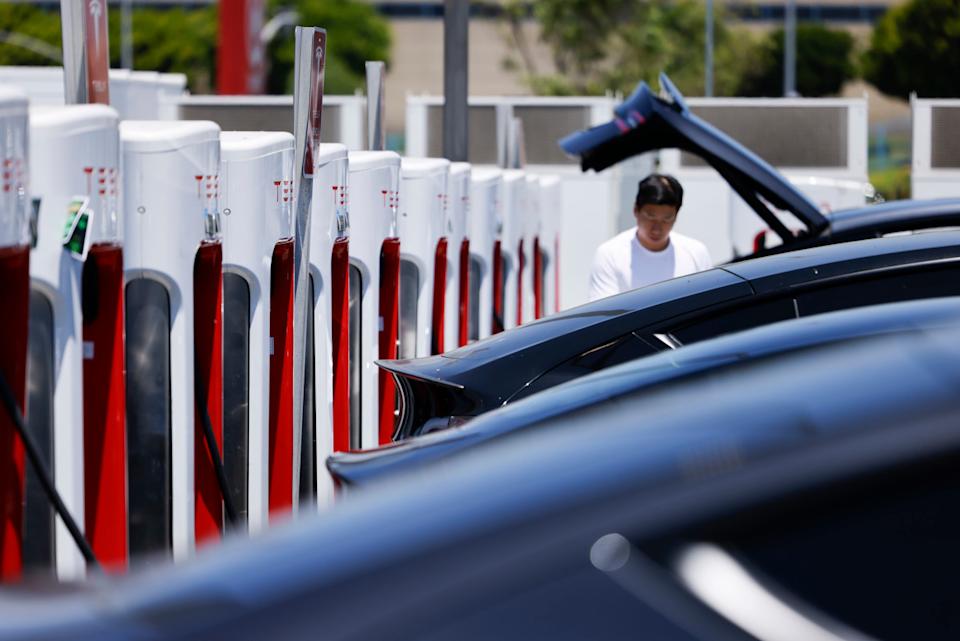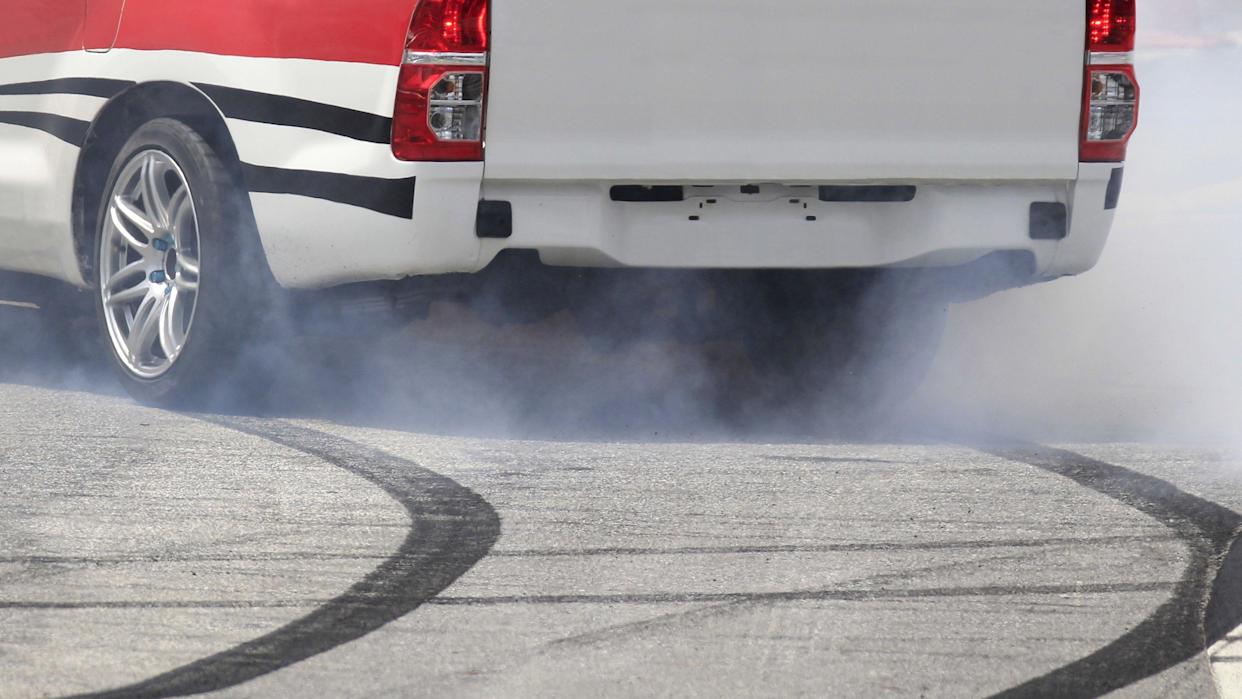Revolutionary New Tech Promises to Address EV Battery Fire Risks originally appeared on Autoblog.
How Covestro’s new foam aims to increase trust in EV safety
Covestro, a leading producer of advanced polymers and high-performance plastics, has introduced an advanced flame-retardant encapsulation foam for electric vehicle (EV) batteries, enhancing their safety. The world’s largest EV market, China, is introducing a new battery safety standard in July 2026, requiring that batteries must not catch fire or explode, even in the event of a thermal runaway. Covestro’s battery encapsulation foam aligns with this upcoming national standard, which is expected to influence policies in other countries. The technology, named the Baysafe BEF flame-retardant encapsulation foam series, encases battery cells for protection from mechanical, electrical, and thermal risks with electrical and thermal barrier properties.

Chemical improvements have enabled the foam to form exceptional adhesion to the battery components, resulting in high torsional stiffness and improved force transmission, resisting twisting forces and enabling even transfer of mechanical forces throughout the battery. Still, this technology’s abilities aren’t limited to minimizing heat spreading from a battery cell to an adjacent cell. It also promotes higher cell packing density, helping optimize EV range. Baysafe BEF encapsulation foam series’ low viscosity and tailored kinetics enable the filling of cell gaps without air inclusions, and foam processing is adjusted to cycle time during production. In other words, the battery pack becomes tighter and more solid, with more cells in the same space, thereby increasing range without enlarging the pack.
Facts about EV battery fires
Concerns about EV battery fires remain relatively common among consumers. One of the most common causes of EV battery fires is damage to the battery pack, which typically stems from a crash. A collision can cause ruptured battery cells to heat up increasingly through chemical reactions, resulting in a thermal runaway that leads to a fire spreading to the rest of the vehicle. Thermal runaway occurs when chemical reactions replace the normal electrochemical reactions of an abused battery cell. These new chemical reactions produce heat and toxic and flammable gases, which can affect adjacent cells.
EVs have been confirmed as less likely to catch fire than their internal combustion engine (ICE) counterparts, but when they do, extinguishing the flames can take hours and tens of thousands of gallons of water. Since individual lithium-ion battery cells undergoing thermal runaway are contained within multiple layers of metal, typically aluminum casings, applying water directly onto the fire’s seat can be nearly impossible, according to EV Fire Safe. Since these fires take longer to extinguish than those from gas-powered vehicles, they tend to receive more coverage, resulting in some consumers perceiving EVs as more hazardous.

Final thoughts
Alongside consumer sentiments like range anxiety, EV battery fire dynamics are one of the most common factors dissuading drivers from going electric. However, most of this fear is due to a misunderstanding of EV battery fires and their likelihood. Covestro’s new foam technology is designed to make these instances even rarer than they already are and also aligns with China’s new battery safety standard starting July 2026, mandating that EV batteries can’t catch fire or explode, even in the event of a thermal runaway. This standard is expected to expand to other countries, alongside China’s growing EV manufacturing presence.
Revolutionary New Tech Promises to Address EV Battery Fire Risks first appeared on Autoblog on Jul 28, 2025
This story was originally reported by Autoblog on Jul 28, 2025, where it first appeared.








Comments